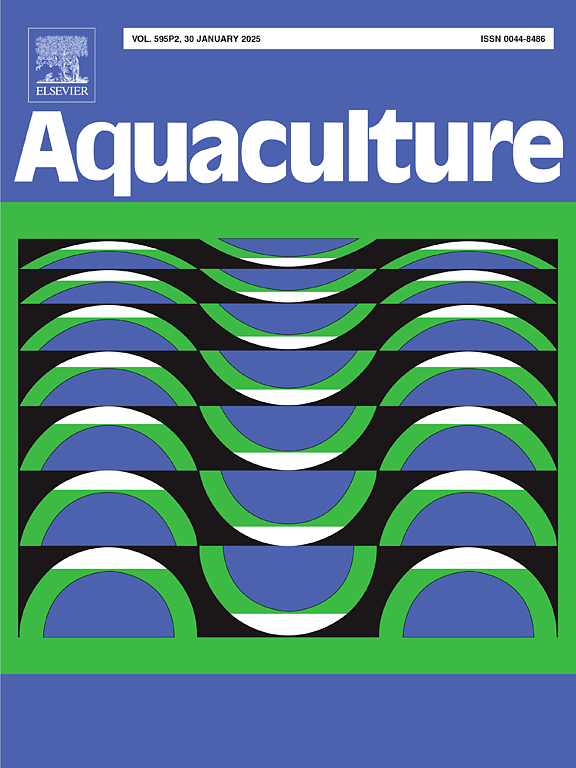Revisiting occupational health and safety in Norwegian fish farming – Results from an employee survey
IF 3.9
1区 农林科学
Q1 FISHERIES
引用次数: 0
Abstract
While researchers have called for a global commitment to occupational health and safety (OHS) in aquaculture, this topic is seldom a part of the sustainability discourse in salmon fish farming.
To provide updated knowledge regarding OHS in Norwegian salmon farming and identify possible determinants for risk exposure a digital survey was conducted in 2023. It was answered by 1283 employees working in fish-farming companies, for independent shipowners/service vessel companies, or for supplier companies.
The results showed that most employees consider their health to be good and are satisfied at work. Still, many report worries (62 %) and work-related absences (17 %) due to strain/musculoskeletal injuries or complaints and acute injuries due to accidents. While most agree that their company takes safety seriously (81 %), several respondents report that considerations regarding production are prioritized at the expense of safety (29 %) and that inadequate maintenance has reduced safety (28 %). Moreover, 31 % agree that it is uncomfortable to point out a lack of compliance with safety rules and procedures, and 36 % reported that they did not participate in developing new procedures. Logistic regression analysis shows that risk determinants include being a younger worker, working sea-based and experiencing high efficiency demands. These groups had a higher probability of near-accident exposure.
Several suggestions for improvement are presented. More can be done to involve employees in risk assessments and procedures. Technological measures can help reduce or eliminate ergonomic and other hazards, and companies may benefit from open dialogue regarding work pressures and feelings of discomfort when pointing out breaches of safety rules. Dedicated coordinators of large operations can ensure the well-being and safety of workers, and increased cooperation across organizations is also suggested. Those who desire to create a sustainable industry must focus on improving OHS. Employee surveys are valuable for systematic OHS work, identifying vulnerable groups, as well as increasing awareness at the company and industry levels.
求助全文
约1分钟内获得全文
求助全文
来源期刊

Aquaculture
农林科学-海洋与淡水生物学
CiteScore
8.60
自引率
17.80%
发文量
1246
审稿时长
56 days
期刊介绍:
Aquaculture is an international journal for the exploration, improvement and management of all freshwater and marine food resources. It publishes novel and innovative research of world-wide interest on farming of aquatic organisms, which includes finfish, mollusks, crustaceans and aquatic plants for human consumption. Research on ornamentals is not a focus of the Journal. Aquaculture only publishes papers with a clear relevance to improving aquaculture practices or a potential application.
 求助内容:
求助内容: 应助结果提醒方式:
应助结果提醒方式:


